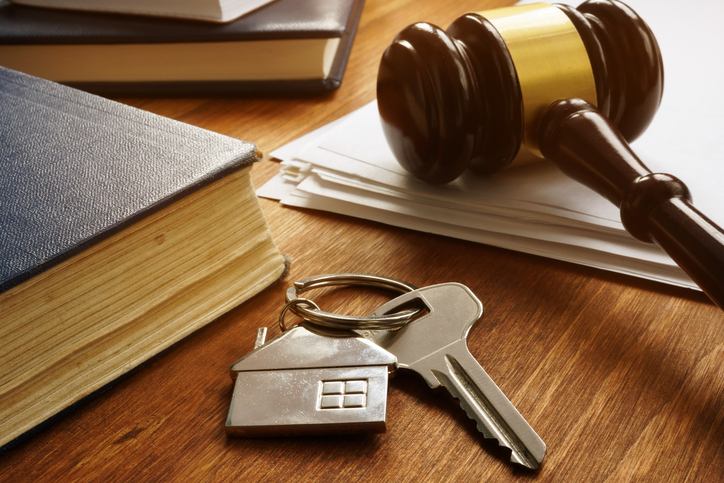Flipped properties can be a win-win situation for both the owner and the renter.
But there are a few things for you and your client to check before signing that lease, according to Linzi Martin from Rent.com. This advice can also be applicable to those looking to purchase a flipped home.
“Some flipped properties are done very quickly, and in the process, hazardous shortcuts might have been taken,” said Martin. “It’s important to know what to look out for when renting a flipped property, so you can ensure you’re getting a property that’s been cared for rather than neglected.”
The first thing to look for is water damage, she said. “Water stains on walls, floors or ceilings are a strong indication that an underlying problem was covered up and not addressed. This could be caused by an internal leak from a pipe or cracks in the exterior. Water stains could be indicative of obvious future issues of flooding and damage, but one thing renters often won’t think about is how a water stain could link to their health. Where there’s water, there’s moisture. And where there’s moisture, you’ll likely also get mold, which is a serious health hazard,” she added.
Appliances are another factor to consider. Martin said appliances may not have been installed correctly if flippers were trying to cut costs. “Given that you’ll definitely want to use your stove, oven or microwave when you’re renting, it’s important to turn everything on when you’re viewing the property to make sure it’s all in working order.”
“Electrical issues are a big one. Outlets next to water sources need to have a GFCI, also known as a ground fault circuit interrupter, outlet installed. GFCIs quickly shut off power at an outlet when it detects a short circuit or a ground fault. If your hair dryer comes into contact with water, for example, a GFCI outlet will shut off power to the hair dryer to prevent you from getting electrocuted. To know if an outlet is GFCI or not, look for a reset button and test button on the front of the panel.”
Hand rails are another good indicator of the quality of the property. “Installing railings can be one of the last steps after you’ve redone stairs, carpet, flooring, drywall or paint. Some flippers may take shortcuts and install the railings by directly screwing them into the drywall. This isn’t safe because the railing will pop out of the wall if you find yourself grabbing onto it to prevent a fall. Give the hand railing a good wiggle to test its stability when you’re checking out your potential rental,” advised Martin.
And, finally, the outside of the property can tell you more than you’d expect. “If a flipped property was done well, the last thing the investor would do is neglect the outside of the home where rain, snow, rodents or insects could get in.”
Martin said common factors to look for include loose deck boards or rotting wood, visible cracks in the exterior of the home, poorly secured or rotting eaves and/or totting wood around window frames and doors.
“When investors are looking at purchasing a property to flip, the house is not going to be in tip-top shape. After all, these investors are looking to invest in the property to make it more appealing and generate profit,” added Martin.
Topics
Member Discussion
Recent Articles
-
Seller’s Property Disclosure: From the Buyer’s Side
- May 9, 2025
- 4 min. read
A lot of education about the Seller’s Disclosure Law is about a seller’s responsibilities. But what are some things that buyers (and their agents) should be taking into consideration when reviewing the Seller’s Property Disclosure Statement?
-
1 in 3 Underestimate Energy Upgrade Costs
- May 8, 2025
- 2 min. read
Despite the cost of energy-efficient upgrades, 90% of those surveyed said they didn’t regret their decision to make them.
-
Home Insurance Rates Rose for 2 in 3 Policyholders in 2024
- May 7, 2025
- 2 min. read
From 2023 to 2024, the majority (35%) said their home insurance rates increased by 5.0% to 9.9%. A considerable 21% said their rates rose 10.0% to 19.9%.
Daily Emails
You’ll be the first to know about real estate trends and various legal happenings. Stay up-to-date by subscribing to JustListed.



